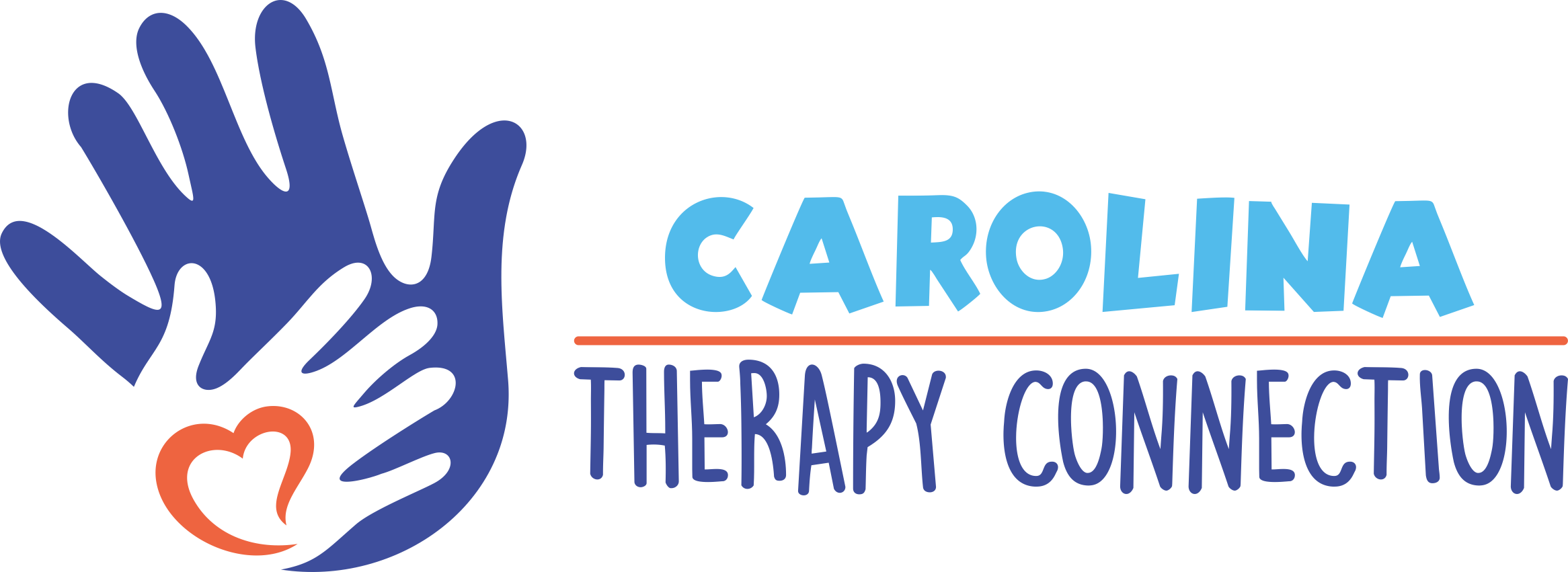Understanding Kinesiology Taping: Benefits, Applications, and How It Works
Kinesiology taping is a revolutionary, non-invasive therapy that has gained widespread popularity recently. This therapeutic technique uses specially designed elastic tape applied to the skin in strategic patterns to promote healing, support joint stability and alignment, reduce pain, and enhance muscle function. This blog will explore the science behind kinesiology taping, its benefits, and how it can be applied across diverse populations.
What Is Kinesiology Taping?
Kinesiology taping involves using a flexible, skin-friendly tape that mimics the elasticity of human skin. Unlike rigid medical tapes, kinesiology tape allows for a full range of motion, making it ideal for athletes, children, and individuals recovering from injuries. The tape is applied in specific patterns to:
- Support Joint Stability and Alignment: By aligning muscles and joints, kinesiology taping helps reduce the risk of injury and supports the body’s natural movement.
- Reduce Pain: The tape can help relieve pressure on joints, improve blood flow, reduce inflammation, and improve comfort and function.
- Improve Muscle Activation: Kinesio taping promotes muscle activation, improving coordination, strength, and posture.
Benefits of Kinesiology Taping
Kinesiology taping offers a variety of benefits for individuals of all ages and abilities, including:
- Pain Relief: By improving blood flow, decreasing inflammation, and activating sensory receptors in the skin, the tape can alleviate discomfort without restricting movement.
- Improved Posture and Balance: Taping can serve as a physical cue to encourage better alignment and posture.
- Enhanced Motor Learning: Kinesiology taping can aid motor learning in children and adults with developmental or neurological challenges by providing tactile feedback to guide movement.
- Faster Recovery: The tape supports the body’s natural healing processes by improving blood flow and reducing swelling.
- Versatile Applications: Kinesiology taping can be used for sports injuries, post-surgical recovery, chronic pain, and even conditions like scoliosis or cerebral palsy.
How Kinesiology Taping Works
The tape’s elasticity gently lifts the skin, creating space between the skin and underlying tissues. The various patterns can also activate underlying muscles/muscle groups. This helps to:
- Reduce inflammation by improving lymphatic drainage.
- Activate sensory receptors to relieve pain and improve proprioception (the body’s sense of position and movement).
- Stabilize joints and muscles, allowing for improved function without limiting activity.
Applications Across Different Populations
Kinesiology taping is a gentle therapy suitable for many populations, including:
- Athletes: To prevent injuries, improve performance, and aid recovery.
- Children and Infants: For developmental support, posture correction, and motor skill enhancement.
- Post-Surgical Patients: To reduce swelling and promote healing.
How Carolina Therapy Connection Can Help
At Carolina Therapy Connection, our skilled therapists are trained in kinesiology taping and its application across various age groups and conditions. Whether you or your child are dealing with pain, developmental delays, or movement challenges, our team can design a customized therapy plan incorporating this innovative technique. If you’re interested in learning more about Kinesiology Taping and how we incorporate this approach into therapy, including intensives, please feel free to reach out to us to schedule an evaluation. You can also use this link to explore more about our pediatric intensive therapy services.










